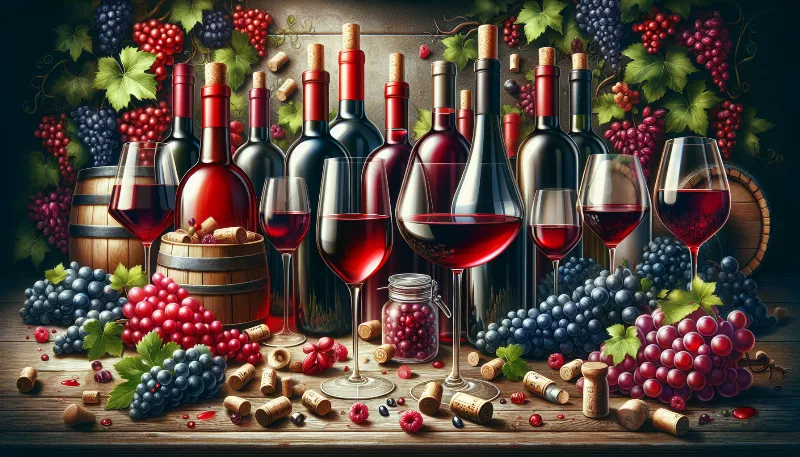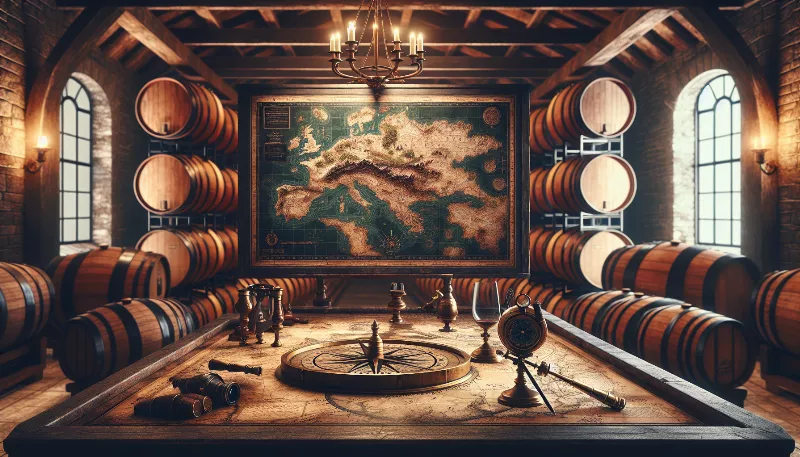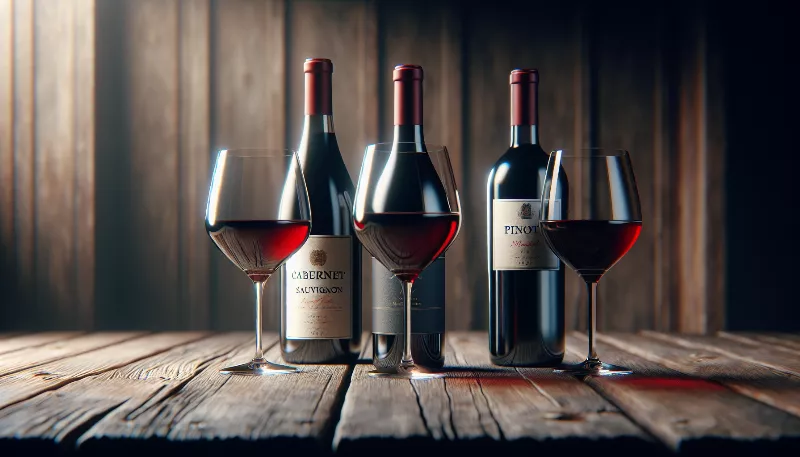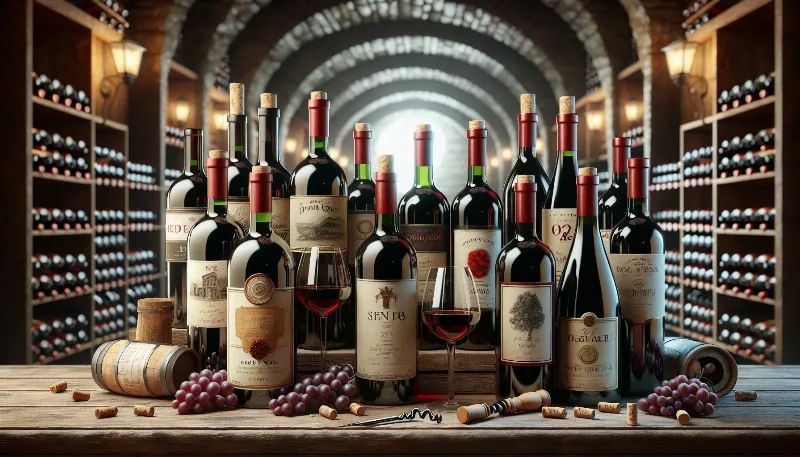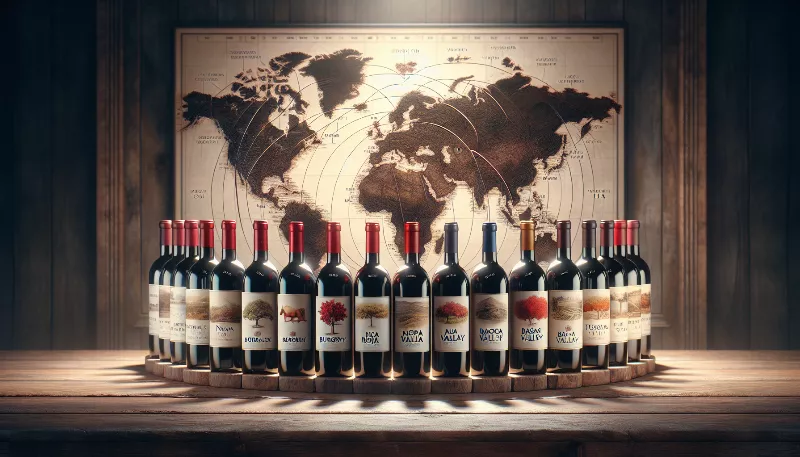How can you tell the difference between various types of red wines?
Uncork the secrets of red wines! Learn to distinguish flavors, aromas & textures with our guide to identifying different red wine types. Sip the knowledge now!
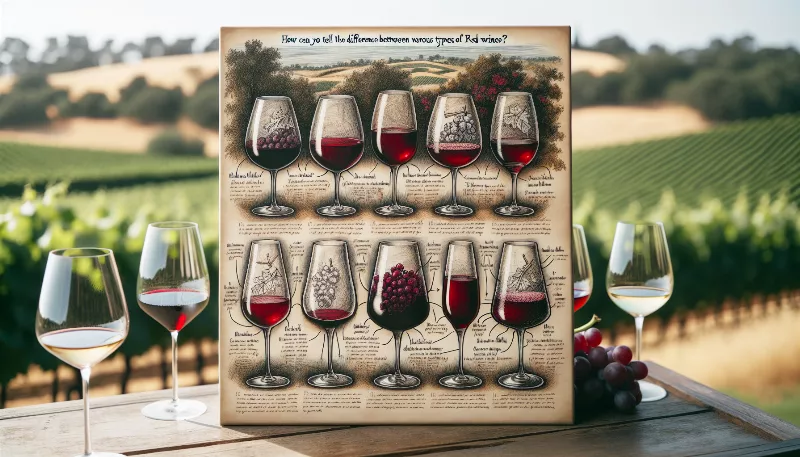
Embark on a Sensory Journey Through the World of Red Wines
Are you ready to swirl, sniff, and sip your way through the fascinating spectrum of red wines? Whether you're a seasoned connoisseur or a curious novice, distinguishing between the myriad types of red wines is an art that promises to delight your senses and deepen your appreciation for this beloved beverage. Let's uncork the secrets to identifying the nuances that set each type apart!
The Hue of Sophistication
First impressions matter, and with red wine, the visual allure is your initial clue. The color of red wine can range from the light, bright tones of a youthful Pinot Noir to the deep, intense shades of a mature Cabernet Sauvignon. A Grenache might seduce you with its translucent ruby charm, while a Merlot offers a denser, more opaque invitation. By tilting your glass against a white background, you can observe the wine's true color and begin to guess its identity.
Aroma: The Fragrant Whispers of Wine
Bring your nose to the glass and inhale deeply—the bouquet of a red wine is a tapestry woven with threads of fruit, earth, spice, and wood. A Zinfandel might boast jammy raspberry notes, while a Syrah could whisper hints of black pepper and smoke. Sangiovese often carries the scent of sun-dried tomatoes and herbs, reminiscent of its Italian roots. Each varietal has its signature aromas that beckon you to explore further.
Body Language: The Texture of Taste
The body of a wine refers to its weight and texture on your palate. Imagine the difference between skim milk (light-bodied), whole milk (medium-bodied), and cream (full-bodied). A Pinot Noir, typically light-bodied, graces your tongue with elegance and subtlety. In contrast, a full-bodied Malbec fills your mouth with a robust presence, often accompanied by a higher tannin content that adds to its structure and longevity.
Flavor Palette: The Symphony of Sips
Now, take a sip and let the flavors dance across your palate. Each red wine varietal sings its own melody of tastes. The bright acidity and cherry notes of a Chianti contrast with the plush plum and chocolate symphony of a Shiraz. Old World wines, like those from France or Italy, may offer more earthy and mineral-driven profiles, while New World wines, from regions like California or Australia, often present riper fruit flavors and a more pronounced oak influence.
Finish: The Echo of Elegance
As the wine leaves your palate, it leaves behind a lingering impression—the finish. This is where the subtleties of oak aging, the grape's ripeness, and the winemaker's craft all culminate. A Cabernet Franc might leave a delicate trail of tobacco and green bell pepper, while an aged Rioja could bid farewell with a smooth vanilla and leather embrace. The length and complexity of the finish are telltale signs of the wine's quality and character.
With every glass of red wine, you embark on a sensory journey that is as educational as it is enjoyable. By paying attention to color, aroma, body, flavor, and finish, you'll soon be able to navigate the world of red wines with confidence and joy. So raise your glass to the discovery of the delightful diversity that red wines have to offer!
